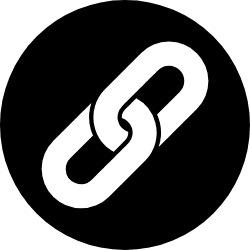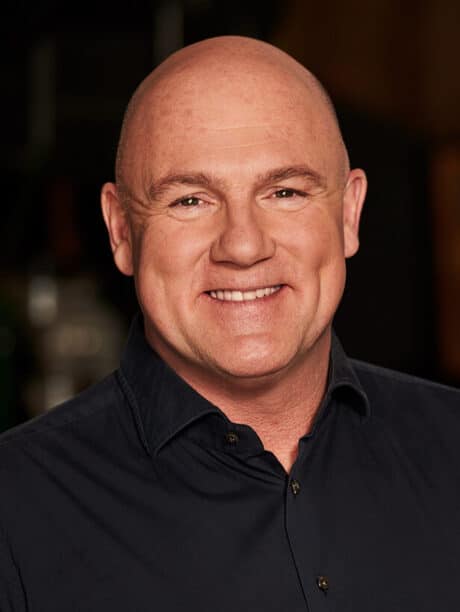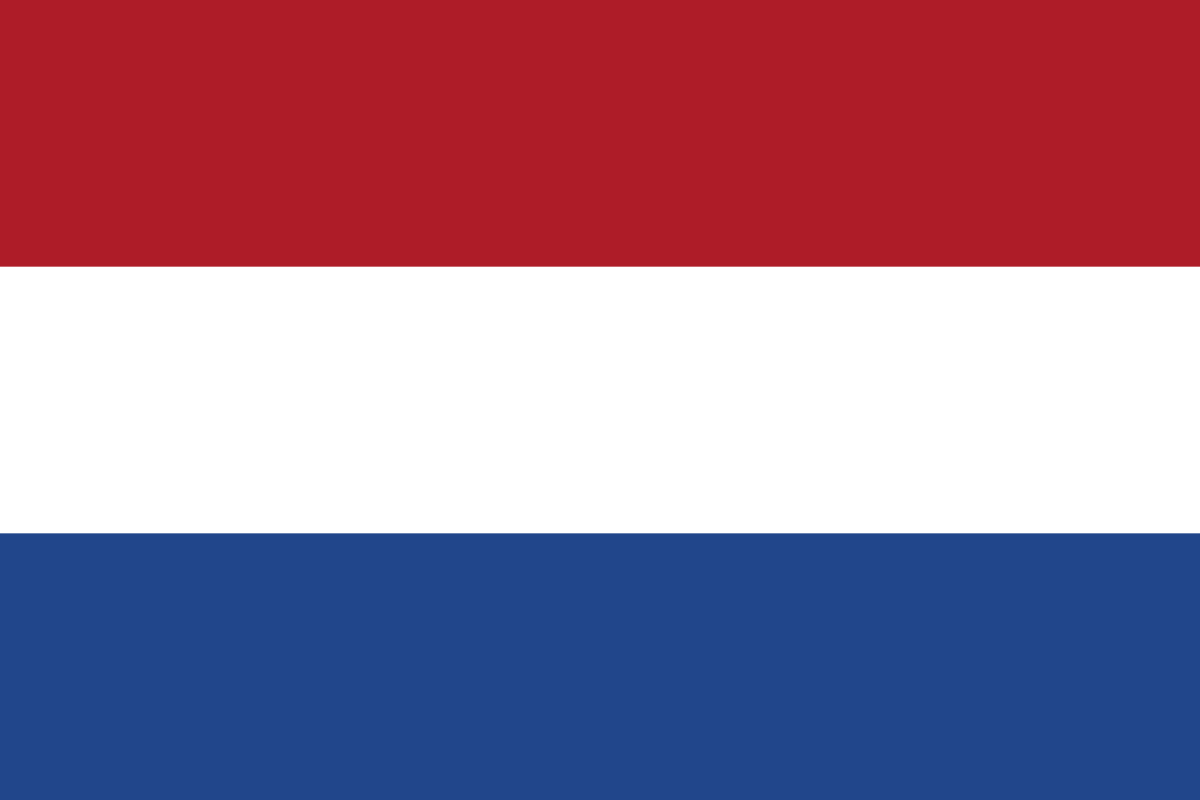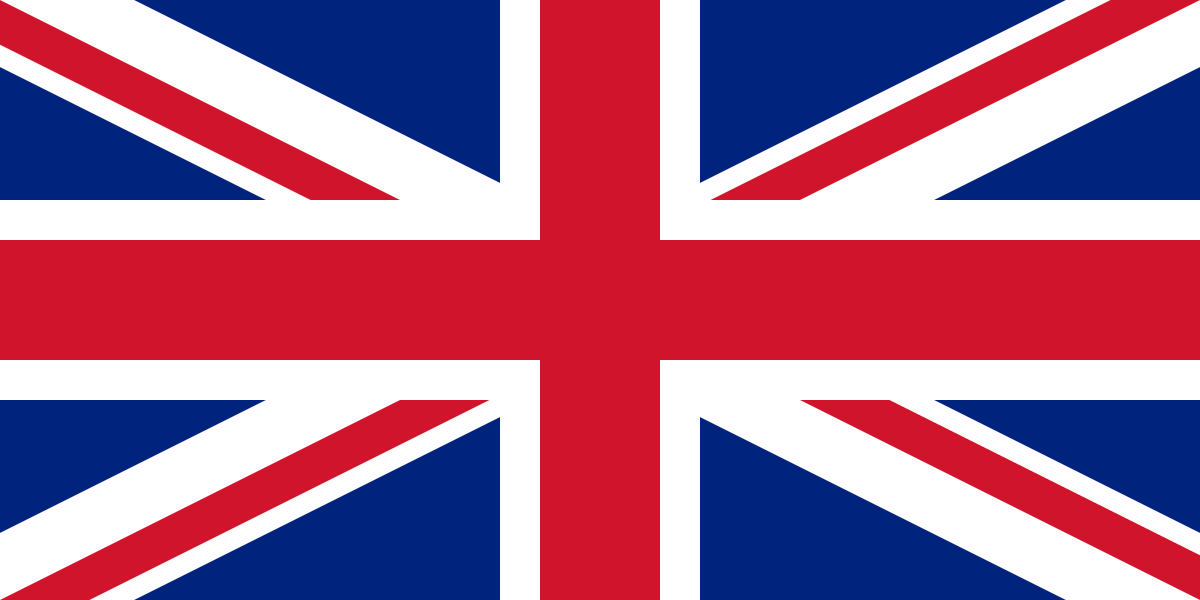


André Kuipers
André Kuipers is the first Dutchman with two space missions to his name. His second mission was the longest spaceflight in European history: 11 days during mission DELTA in 2004 and 193 days during mission PromISSe.


About André Kuipers
André Kuipers is the first Dutchman with two space missions to his name. His second mission is the longest European spaceflight in history. In total, the ESA astronaut spent 204 days in space: 11 days during mission DELTA in 2004 and 193 days during mission PromISSe.
After years of training in Houston, Moscow, Cologne, Montreal and Tokyo, André, together with a Russian and American colleague, was launched for the second time on December 21, 2011 with a Russian Soyuz rocket. Two days later he arrived at the International Space Station to live and work there for six months. On board he was not only a doctor and scientist, but also a flight engineer and maintenance engineer. On July 1, 2012, André returned and landed his space capsule in the Kazakh steppe.
Andre Kuipers wrote many books including the children’s book series “Andre het astronautje”.
People sometimes think that engineering and science is for nerds or boring. But, they all find space travel fascinating, while that is precisely technology and science in all respects.
André Kuipers speaks to a wide range of audiences, from young to old and from diverse backgrounds. Drawing on his extensive experience, he can focus on various aspects of manned space travel.
Specialist Subjects
Videos

André Kuipers | Speaker at Speakers Academy®
Simon Woodroffe
''Jeremy is an engaging and entertaining speaker with a message that every HR department and every family in the nation should listen to.''
References
'Inspiring conversations and insightful stories.'
We had the opportunity to host André Kuipers at our conference dinner. André shared engaging stories both during his presentation and while mingling with guests before and after. His approachability was warmly received by everyone. His experiences offered a distinct viewpoint that led to meaningful discussions, leaving attendees contemplating space exploration and our role in the world with a fresh perspective. The evening with André rounded off our thought-provoking day nicely, leaving attendees with a sense of inspiration. André's evident enthusiasm for sharing insights and connecting with people made the event both memorable and enjoyable.
The feedback we got back from our colleagues after his talk was extremely positive
Dr. Andre Kuipers is one of the most inspiring storytellers I have ever worked together with. He is well-prepared, curious, and customizes his presentation to his actual audience. The feedback we got back from our colleagues after his talk was extremely positive. Also, to organize our event through Speakers Academy was smooth and fun – I hope we can work together in the near future.




